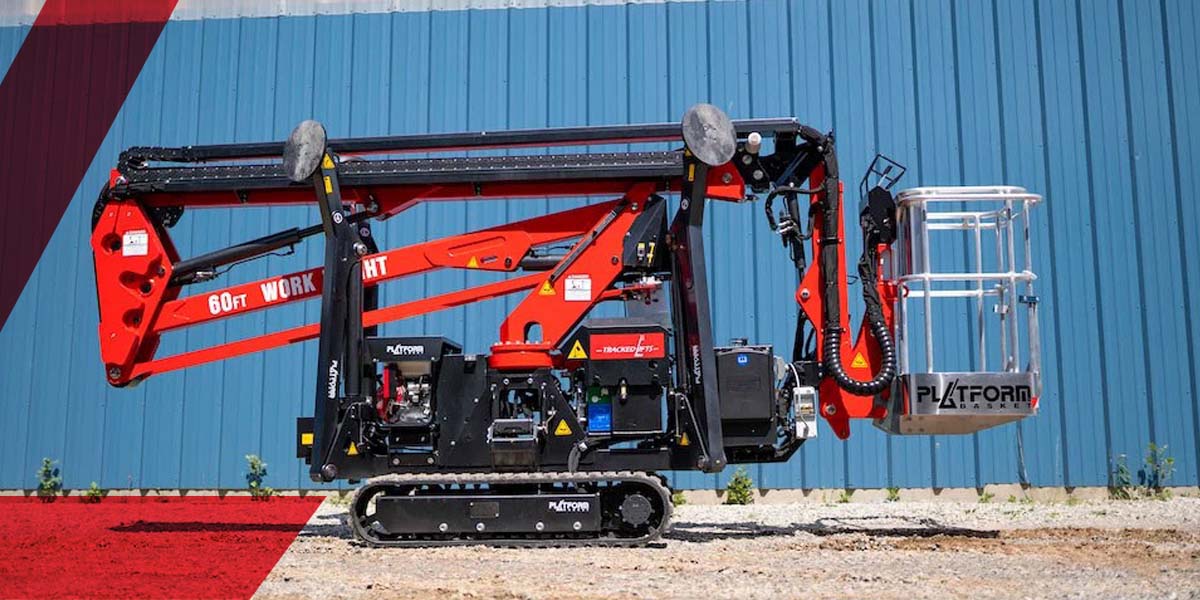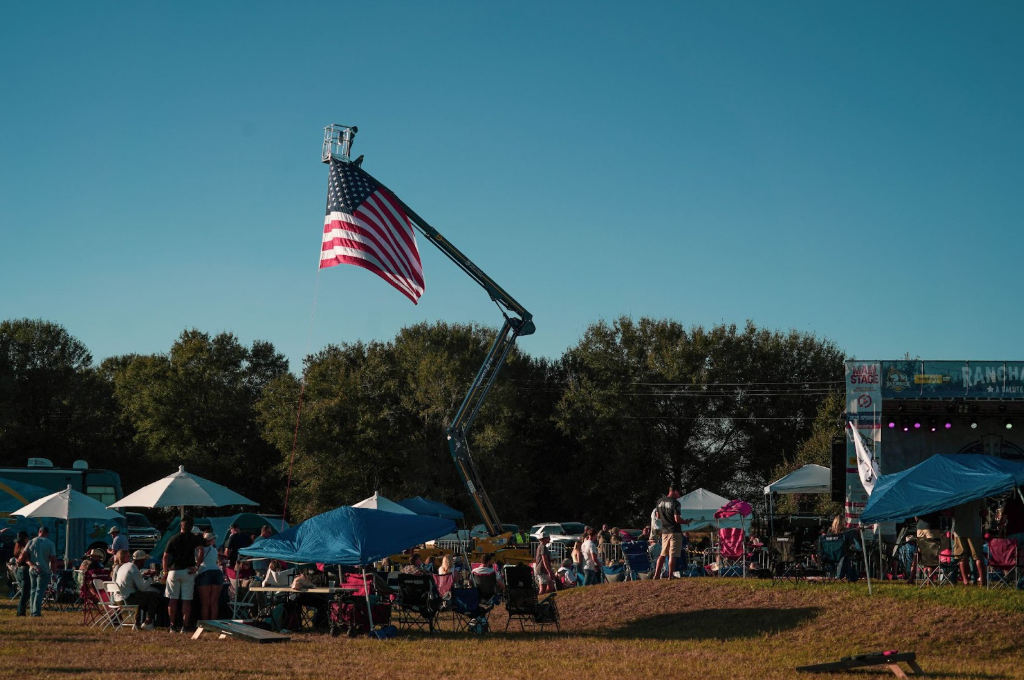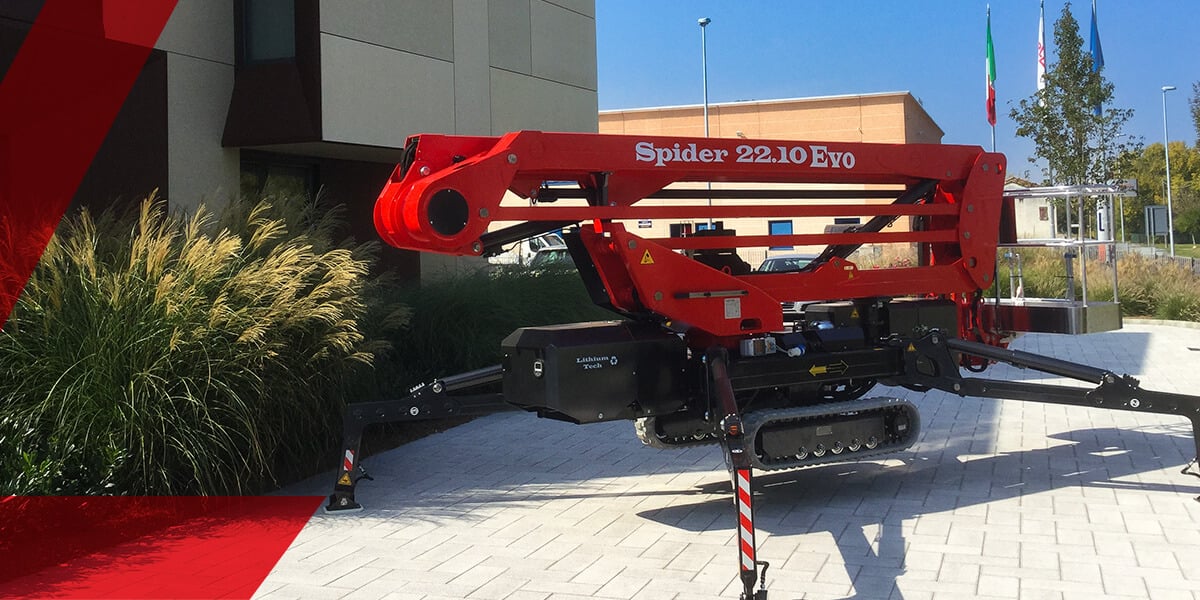Tracked lifts, also known as spider lifts or MEWPs (mobile elevated work platforms), are versatile machines used in a variety of industries, including construction, tree care, and maintenance. These lifts offer numerous advantages over traditional boom lifts, such as increased stability and flexibility, making them an excellent choice for difficult-to-reach areas. However, as with any heavy machinery, the safe and effective use of tracked lifts requires proper training and maintenance.
Here are some safety tips to follow when using tracked lifts to ensure the protection of operators and bystanders:
1. Aerial Lift Training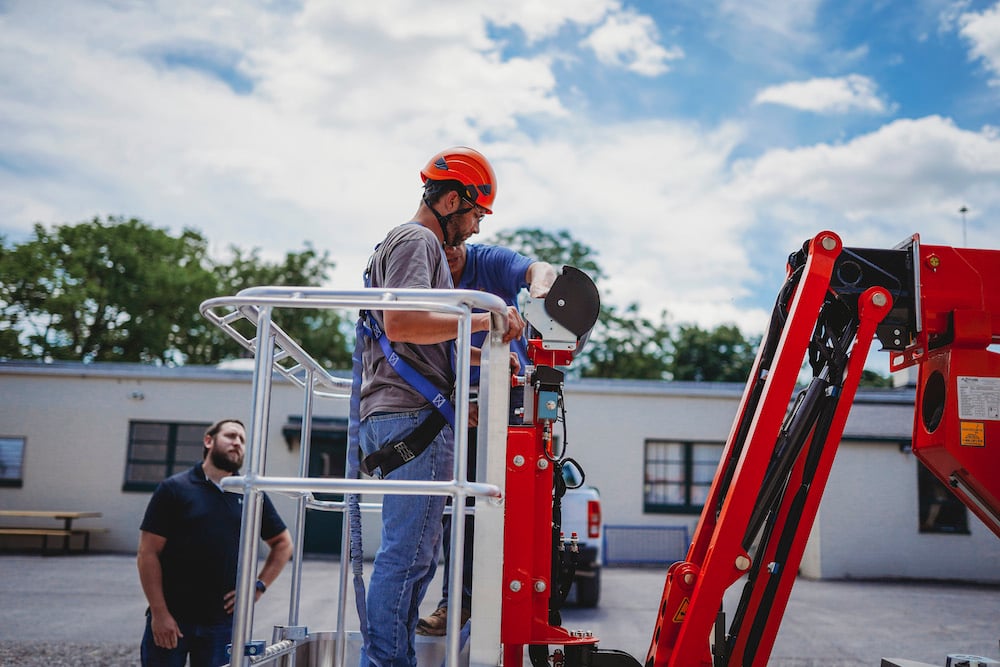
-
Before operating a tracked man lift, all personnel must receive proper training on how to use the equipment safely and effectively. This includes understanding the manufacturer's instructions and safety protocols, as well as the hazards associated with working at height.
-
All personnel who operate the tracked lift should be properly trained, familiarized, and certified according to ANSI/SAIA A92.2 requirements and regulations. Effective December 2019, ANSI mandated that all aerial lift operators must be certified, which went into effect as of June 2020.
-
Training should also cover pre-operation inspections, daily maintenance checks, and the proper use of personal protective equipment (PPE) such as hard hats, safety harnesses, and non-slip footwear.
2. Pre-operation Checks of Your Aerial Lift
-
Before using a tracked lift, perform a pre-start and functions check to ensure that all parts and systems are functioning correctly. This check should be documented each time and must follow ANSI/SAIA A92.22.5.5 guidelines. The pre-start assessment should include inspecting the lift's controls, hydraulics, safety features, and other components. Any issues should be addressed before use.
-
Before deploying your lift ensure that the lift is on stable ground, and all stabilizers (also known as outriggers) are properly extended and locked in place. Use outrigger pads to prevent sinking and damage to the ground. According to OSHA 1926.453(b)(2)(vii) when outriggers are used, they shall be positioned on pads or a solid surface.
3. Safely Operate Your Tracked Lift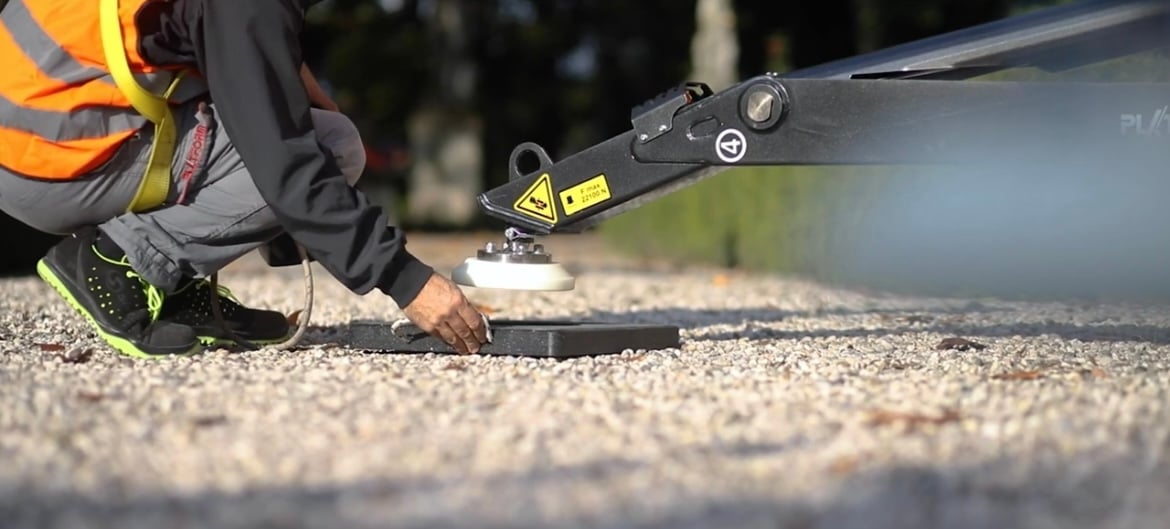
- Always follow the manufacturer's guidelines for safe operation, including maximum weight capacities and lift heights, as defined in OSHA 1926.453(b)(2)(vi). Never overload the man lift or use it for tasks it was not designed for.
- When using a tracked lift, ensure that the work platform is level and stable. Avoid sudden movements and keep a safe distance from obstacles and other machinery. Never leave the lift unattended while it is in operation.
- Understand Entanglement
- It's important to be aware of the risk of entanglement when using a tracked man lift. According to ANSI/SAIA A92.22.6.8.18, entanglement occurs when the lift's boom, platform or other parts become caught or trapped in cables, ropes, or other objects. To prevent entanglement, it's crucial to inspect the work site prior to entering it, pay close attention, and constantly monitor the boom when maneuvering the lift between branches, structures, and buildings.
- If entanglement occurs, stop immediately, review and understand what caused the entanglement, and carefully maneuver the boom away from the entanglement. By following these guidelines, you can help ensure the safe and effective use of tracked lifts in compliance with OSHA regulations and industry standards.
4. Lift Maintenance
- Proper maintenance of tracked lifts is critical to ensuring the safe and effective use of your tracked man lift. Perform routine maintenance checks according to the manufacturer's instructions, including checking hydraulic fluids, engine components, and safety features. Report any issues to the appropriate personnel and do not use the machine until it has been repaired.
- Keep the lift clean and free from debris, and never use it if it is damaged or malfunctioning. Document all maintenance and inspections, and keep records for at least four years, per ANSI/SAIA A92.22.4.4.
5. Personnel Protection
- Operators and other personnel working near tracked lifts must wear appropriate PPE for their applicable job site, such as hard hats, safety harnesses, gloves, and non-slip footwear. Ensure that all personnel is aware of the hazards associated with working at height and that appropriate safety measures are in place.
In conclusion, tracked lifts are powerful and versatile machines that can greatly increase efficiency and safety on work sites. However, it's crucial to follow guidelines and best practices to ensure the safety of the operator and those around the machine. Always read the manufacturer’s manual, inspect the machine and work area, wear appropriate PPE, follow OSHA and ANSI guidelines, use the machine correctly, and maintain the machine regularly. By following these guidelines, you can safely and effectively operate a tracked lift on your worksite.


